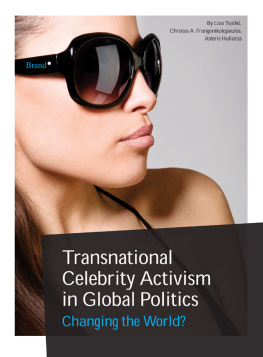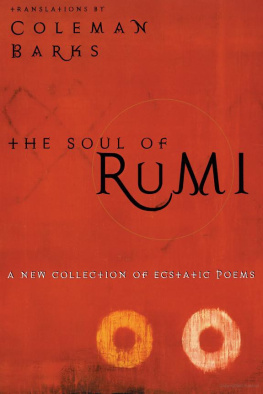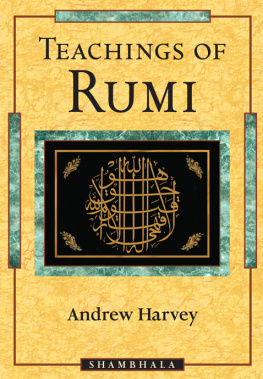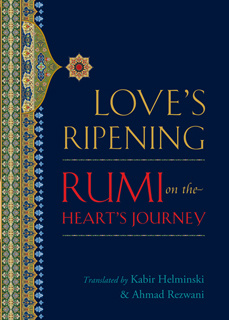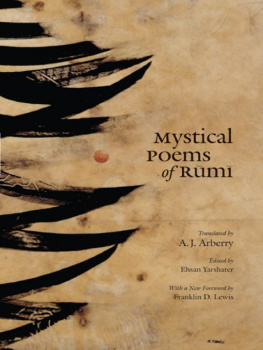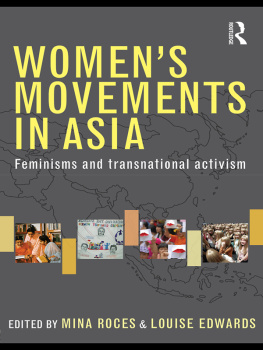Thank you for buying this ebook, published by NYU Press.
Sign up for our e-newsletters to receive information about forthcoming books, special discounts, and more!
Sign Up!
About NYU Press
A publisher of original scholarship since its founding in 1916, New York University Press Produces more than 100 new books each year, with a backlist of 3,000 titles in print. Working across the humanities and social sciences, NYU Press has award-winning lists in sociology, law, cultural and American studies, religion, American history, anthropology, politics, criminology, media and communication, literary studies, and psychology.
Transnational Womens Activism
Acknowledgments
Without the help of many people, this book would never have come to be. My mentor, Ellen C. DuBois, provided me with inspiration and encouragement at critical junctures of this project and in my pursuit of a career as a historian. I was first introduced to the joy of writing by Bill Stott at the University of Texas at Austin, and began contemplating writing a dissertation on the WCTU movement while taking a course taught by Miriam Silverberg at UCLA. At various stages of this project, I also received valuable comments and guidance from Valerie Matsumoto, Mariko Tamanoi, Yuji Ichioka, Fred G. Notehelfer, Donna M. Binkiewicz, Rebecca Mead, Sue Englander, Lisa G. Materson, Anastasia Christman, Sharon Sievers, Virginia L. Brereton, Allison Schneider, and William Johnston.
My writing and rewriting were facilitated by discussions with members of a dissertation group guided by Ellen DuBois (with Maggie), as well as the Women and Twentieth-Century Protestantism project organized by Margaret L. Bendroth and Virginia L. Brereton. Three study groups led respectively by Ryo Yoshida, Makoto Tanaka, and Barbara B. Zikmund at Doshisha University also facilitated the writing process.
I am indebted to the expertise of Alfred Epstein at the Frances Willard Memorial Library in Evanston, Illinois, L. Dale Patterson of the United Methodist Church General Commission on Archives and History in Madison, New Jersey, Eugene M. Itogawa of the California State Parks and Recreation Department Historic Preservation Office in Sacramento, Charlene G. Noyes at the Sacramento Archives and Museum Collection Center, Sibylle Zemitis at the California State Library in Sacramento, Stephan E. Yale at the Graduate Theological Union Methodist Archives in Berkeley, Seizo Oka at the Japanese American History Archives in San Francisco, Karl K. Matsushita at the Japanese-American National Library in San Francisco, and Mihoko Miki at the UCLA East-Asian Library. I also thank the staffs at the UCLA Research Library, the Los Angeles Public Library, the Fuller Theological Union Library, the Huntington Library, the University of the Pacific Library, the University of California Bancroft Library, the Graduate Theological Union Library, the San Francisco Theological Seminary Library, Presbyterian Church (U.S.A.) Department of History and Records Management Services, Doshisha University, the International Research Center for Japanese Studies, the Yokohama Archives of History, and the Aoyama Gakuin University Library.
My heartfelt gratitude goes to Elisabeth Bowen Butler, Yoshie Togasaki, and Akiko Kubushiro, who talked to me about their family members; and Claudia J. Dobbs, Y. Casper Horikoshi, Lester Suzuki, Kikue Takahashi, Masanori Miyazawa, and Ry Yoshida who graciously shared their materials and research results. I am also deeply grateful to the officers of the (National) WCTU, the California WCTU, and the Southern California WCTU for their assistance in locating their materials in California and for granting me permission to browse through them. Although I failed to find permanent depositories for their California documents, I sincerely hope that these records, especially those of the California WCTU that were stored in boxes at a warehouse in Modesto, will ultimately be archived.
Funding from the UCLA History Department, the UCLA Institute of American Cultures, the UCLA Center for the Study of Women, Phi Beta Kappa Alumni in Southern California, the Pew Charitable Trusts, the W. M. Keck Foundation, the Andrew W. Mellon Foundation, and Konan University allowed me to undertake research travel. I also thank the UCLA Womens Studies Program, the CSULB History Department, and the Konan University Faculty of Letters for providing me employment and my colleagues there for their friendship and support.
I would be remiss if I did not recognize my editor, Eric Zinner, and Emily Park of NYU Press for their extraordinary patience and skillful guidance in the publication of this book. I am also indebted to Despina Papazoglou Gimbel and her staff at the press for clarifying and polishing my writing.
Lastly, I must thank my parents for encouraging me to explore possibilities in my life, and my husband for his patience, support, computer wizardry, and love.
Introduction
The history of the reformer, whether man or woman, in any line of action is but this: when he sees it all alone, he is a fanatic; when a good many see it with him, they are enthusiasts; when all see it, he is a hero. The radiations are as clearly marked by which he ascends from zero to hero as are the lines of latitude from the North Star to the Equator.
Frances E. Willard, cited by Helen E. Tyler
This statement, said to have been made by the second president of the Womans Christian Temperance Union (WCTU), Frances E. Willard, illuminates the strategy by which activist churchwomen in nineteenth-century America attempted to generate a mass movement and to gain influence. Defined as dependents of men and discouraged from demanding their religious, political, and economic rights, American church-women were subjugated to men. They endeavored to unite with one another and pool their limited power and resources so as to be influential enough collectively to change their lives and societies. Seeking mass support, their flexible and pragmatic but often expedient womens movements combined multiple causes and emphasized womens special ability and roles as prescribed by the ideology of Victorian womanhood. American churchwomen were in a sense timid about challenging the roles assigned to women by their society. Yet they tactfully accommodated their womanly causes to the social and political currents of a predominantly Protestant but rapidly secularizing late-nineteenth-century America. During this period, when increasing numbers of non-Protestant and non-Christian immigrants were arriving on U.S. shores and modern scientific knowledge was encroaching on the religious authority of Protestant churches, the WCTU enlisted the support of Protestant churchwomen by phrasing its causes in religious, scientific, and even racist terms. Under skillful and feminist-conscious leaders such as Frances E. Willard, the WCTU effectively used the power of the masses to promote various womens causes, including womens suffrage, in turn-of-the-century America.



